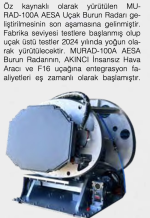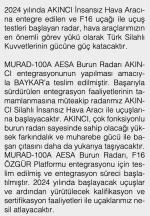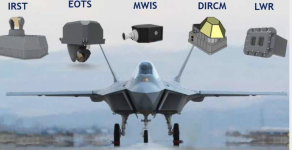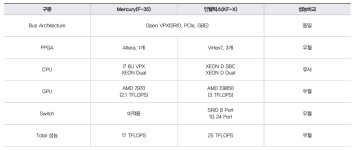CHRISTCHURCH, New Zealand — Nine years after development of South Korea’s KF-21 Boramae began, the government has signed a deal with Korea Aerospace Industries for the production of 20 fighter jets.
The order comes as KAI reports the fighter’s development is currently 80% complete.
The Defense Acquisition Program Administration awarded KAI the 1.96 trillion won contract (U.S. $1.41 billion) for the Block 1 batch, the company announced June 25. The platforms are considered 4.5-generation aircraft.
The first aircraft will be delivered by the end of 2026, and the final from this series by Aug. 31, 2027, according to KAI.
“Despite many challenges and difficulties, the KF-21 system development project was able to reach mass production stably, thanks to the solid cooperation of related organizations,” KAI President Kang Goo-young said in a news release.
Jinseok Song, who works on the firm’s KF-X program management team, named after the initial title for the KF-21, told Defense News last year that the company would manufacture 40 KF-21 Block I and 80 Block II aircraft. However, DAPA has initially ordered 20, per recommendations from the government-run Korea Institute for Defense Analyses.
The government may order another 20 next year, after further verification of the aircraft’s performance.
Song said production for Block II, slated for development from 2026 to 2028, will add air-to-ground capabilities and an expanded performance envelope. About 2,200 test sorties are to be flown by 2026.
KAI has been preparing for this production contract by readying a supply chain of 600 domestic companies, building production facilities and acquiring tools. KAI aims to achieve a localization rate of 65%, noting that “just as the localization rate gradually improved with delivery of the T-50 [jet] and Surion [helicopter], it’s expected the domestic production rate will increase as the aviation industry ecosystem is strengthened with mass production of the KF-21.”
The KF-21 will replace South Korea’s F-4 and F-5 fighters, with the former having retired this month.
Additional agreements
DAPA also recently signed a contract with Hanwha Systems for 20 active electronically scanned array radars for 110 billion won.
And on June 25, Hanwha Aerospace announced it inked a 556 billion won contract to produce 40 General Electric F414-GE-400 engines plus spares for the first score of KF-21s.
The first engine is expected to be ready by the end of 2025 and will be produced at a new factory in Changwon. With the capacity to manufacture 300 engines annually, Hanwha Aerospace broke ground for this new $30 million facility in April.
Hanwha Aerospace has reportedly manufactured more than 10,000 aircraft engines over the past 45 years, 82% of which were produced under license.
“This contract serves as a stepping stone for Hanwha Aerospace’s plans to develop next-generation engine technologies,” the company said.
The firm added that it “is actively pursuing research and development in sixth-generation engine technology.”
Similarly, looking beyond the KF-21, KAI said it will “further develop sixth-generation manned and unmanned system technology.”



















